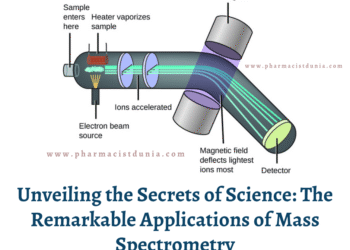Non- Aqueous Titration
titration is a process of titration where all the procedure is free from water.
By this titration, we can easily determine the substances which are
insoluble,
sensitive
weakly acidic or basic solution
substances which are either too weakly acidic or too weakly basic to give sharp
end point in aqueous solution, can easily be titrated with accuracy in
non-aqueous solvent.
acids and bases that are insoluble in water are soluble in non-aqueous solvent.
non-aqueous solvent may help two or more acids in mixture. The individual acid
can give separate end point in different solvent.
proper choice of the solvents or indicator, the biological ingredients of a
substance whether acidic or basic can be selectively titrated.
titrations are simple and accurate.
Types of Non-Aqueous
Solvent:
four types of non-aqueous solvent. They are-
- Aprotic solvent
- Protophilic solvent
- Protogenic solvent
- Amphiprotic solvent.
Aprotic Solvent
solvent include those substances which may be considered chemically neutral and
virtually unreactive under the conditions employed. Aprotic solvent neither
accept nor donate protons. They possess low dielectric constants, do not cause
ionization in solutes and do not undergo reactions with acids and bases.
Aprotic solvents are frequently used to dilute reaction mixture.
Hydrocarbons, Carbon-tetra-chloride (Chloroform), Toluene, Benzene.
Solvent:
solvents are the substances that possess a high affinity for protons. The
overall reaction can be represented as-
<=========> SH+ + B–
equilibrium in this reversible reaction will be generally influenced by the
nature of the acid and the solvent. Weak acids are normally used in the
presence of strongly Protophilic solvents as their acidic strengths are then
enhanced and then become comparable to these of strong acids. This is known as
the levelling effect.
Acetone, Ethers, Amine, Ethylene diamine, Liquid ammonia etc.
Protogenic
solvent:
solvents are acidic in nature and readily donate protons. Anhydrous acids such
as hydrogen fluoride and sulphuric acid fall in this category. Because of their
strength and ability to donate protons, they enhance the strength of weak
bases.
Amphiprotic
solvent:
Solvents act as both proton donor and proton acceptor. These solvents are both
acidic and basic to a significant extents. Ethanoic acid displays acidic properties
in dissociating to produce protons.
H+
presence of perchloric acid, a far stronger acid, it will accept a proton.
+ HClO4 < ==========> CH3COOH2+ + ClO4–
proton to react with a base, so basic properties of a base is enhanced. So,
titration between weak base and perchloric acid can often be accurately carried
out using Ethanoic acid as solvent.
the most valuable and widely used titrant is perchloric acid in glacial acetic
acid or dioxane. Perchloric acid is a strong acid. It gives excellent result
with all weak bases.










